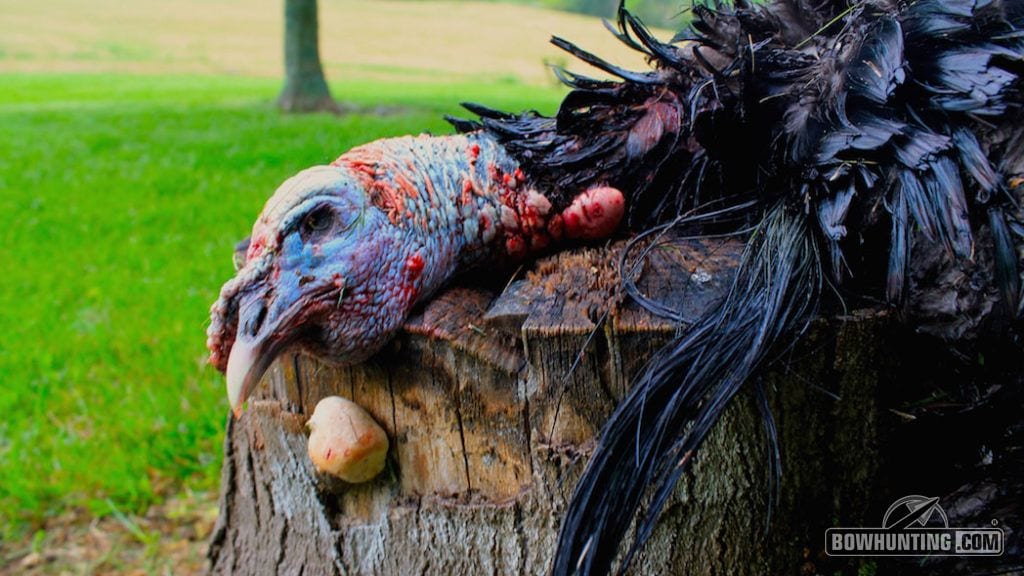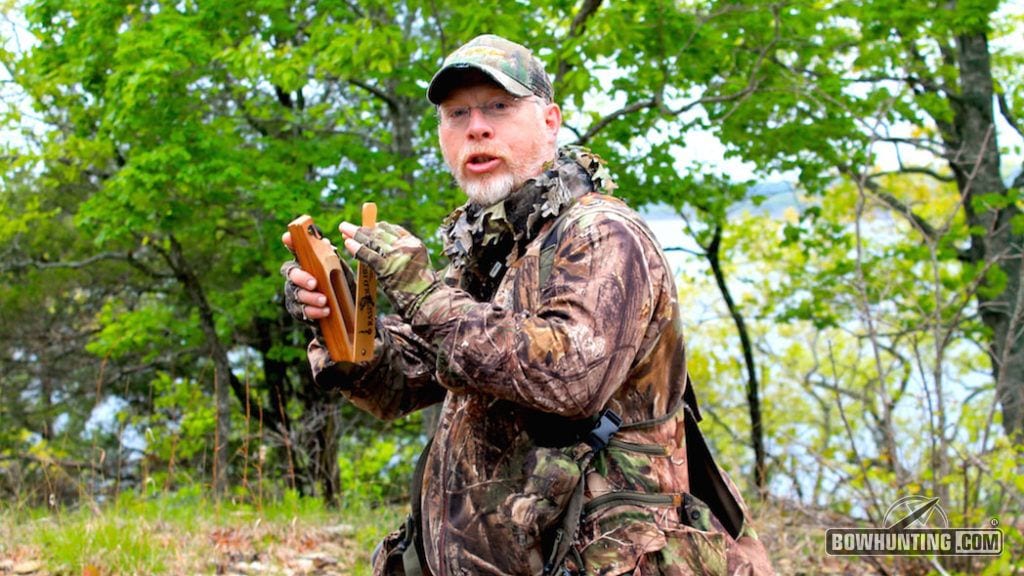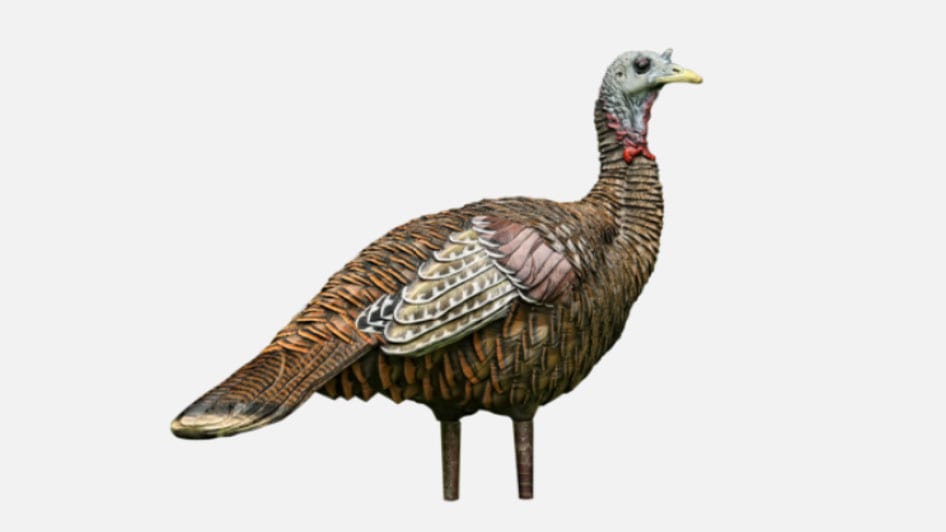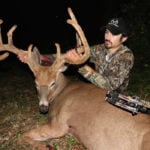LAST UPDATED: June 18th, 2021
Public land turkeys can be tough to hunt. Sometimes they come crashing across the dew-covered ground right into your setup. Other times, it takes hours for one to work its way in. And then there are those public land hunts where you don’t even see a turkey. Or hear one.
It pays to go into a public land turkey hunt with the right mindset. Already know that the odds of success drop off for public land hunters. But don’t let that discourage you. It doesn’t mean it can’t be done. Because it certainly can. It just means you won’t be hunting exactly like you do on private land. There are a few variations between the game plan you’d use on private land and that which you’ll employ to kill a bird on public ground this spring. Here’s a look at 8 tactics for hunting public land turkeys.
FIND UNTOUCHED GROUND
The further you get from the road, the better off you’ll be. Studies have proven that most hunters don’t get more than 250 to 300 yards away from a road. The same studies also showed most public land turkeys didn’t come within 200 yards of those same roads. Coincidence? I think not. You automatically increase your odds of success by getting a half mile or more away from a roadway.
I like to look for those pieces of ground that others often overlook. That might be a small piece of public land that others think is probably overloaded with hunters (which really isn’t). Or that might be a secluded 20 acres in the middle of a 100,000-acre property. The key is to get away from other hunters. Remember, turkeys are doing that very same thing, too.
Don’t be afraid to turkey hunt on public land when it’s raining. I assure that you’ll be one of the few who do. And that only ups your odds of success.
Some public lands get hit pretty hard. For those who hunt public lands that are heavily hunted, there are ways to beat the crowd. You just have to work hard and think creatively.

Hunt public land where…and when…other people won’t. Rainy days can be your chance to score while most hunters will stay at the house.
GET THERE FIRST OR LAST
My personal favorite solution for this is to get there really early. Scout beforehand. Know where you want to go before you get there. Others don’t have any room to talk if you get there before them. Of course, you’ll have the occasional guy tell you that’s “his” spot. But don’t worry about that. It’s rare that this type thing happens and when it does, diffuse the situation with kindness. But don’t be so kind as to give ‘em the spot they’re running their mouth about.
The other solution to this is to get there last. That’s right. Sleep in. Wait until mid-morning before heading out. Most hunters call it quits after two or three hours. Gobblers generally lose their hens around midmorning, too. That’s two reasons why you should sleep in, have a nice breakfast, and slip in a little later.
ROOST A BIRD
It’s an age-old tactic. Nothing new here. But it’s a great one. The best way to kill a gobbler before another hunter does it to know where the bird will be. As we all know, finding the bird is half the battle. Killing it is the other half. Go the afternoon before you plan to hunt and roost that turkey. Get there the next morning very early and set up. Some say, “Roosted is roasted.” While that’s not always the case, it certainly narrows things down when you have that bird roosted the night before your hunt.
MOVE ON IN
Don’t set up 100 or 150 yards from that turkey like you might do on private land. Get close to that bird. Slip in well before first light and get 50 to 75 yards from that gobbler and wait for sunrise. Throw out a couple decoys and wait for the party to start. Hopefully he’ll pitch into your decoy spread. But, if that doesn’t happen and the bird pitches straight down, you don’t have far to coax it in before it’s within range.
DON’T KEEP IT GOBBLING WHEN HUNTING PUBLIC LAND TURKEYS
You’ve got that bird roosted. You’ve slipped in tight and it’s breaking daylight. Don’t keep that turkey gobbling on the limb. Let it know you’re there and then shut up. Overcalling while the bird is on the roost keeps it gobbling. A bird that gobbles a lot on the roost draws attention to other hunters and hens. Two things you don’t want to interfere with your hunt.

We all love to hear a bird gobble. But don’t overdo it. Excessive gobbling will actually hurt your chances for success. And be sure to change up your calls to add more realism in the spring turkey woods. Pictured here is Phillip Vanderpool of The Virtue.
USE LIFELIKE DECOYS
One of the best things a hunter can do is use lifelike decoys. Public land turkeys see a lot of decoys each spring. Many of those will be not-so-great decoys. You do yourself a favor by using decoys that look like the real deal. Check out the line of life-like turkey decoys from Avian-X at www.avian-x.com.
Those who choose to use top-end decoys, take heed. Good decoys don’t just attract turkeys. They attract other hunters. Keep safety at the forefront, especially when using decoys. No turkey is worth an accident, or your life.

Use more realistic decoys when hunting public land turkeys in high pressured areas. The Avian-X Lookout decoy is hard to beat when it comes to realism…and results.
CHANGE UP THE CALLS FOR HUNTING PUBLIC LAND TURKEYS
One thing that really pays is to switch up the calls. Use multiple calls while hunting. It makes it sound like multiple hens are in the area. Furthermore, you might find a specific-sounding call that a turkey might like better than another.
You don’t want to use the same call all season long, either. If you call to a bird, and then spook it, that bird might associate your call with danger. It pays to switch up the calls you use. Change slates, strikers, or mouth calls. Do whatever you need to in order to get a little different sound.
HAVE PLANS B THROUGH Z
If I’ve learned one thing about turkey hunting—especially public land turkey hunting—it’s that plan A hardly ever comes together. It’s usually plan B, C, D, or Z that gets the job done. Have those plans in place in case they’re needed.
It’s easier to make those plans if you’ve scouted. It’s hard to make several backup plans if you haven’t done your homework. Put the necessary time in before the season opens and you’ll be better off once the season gets here.

 By
By 



